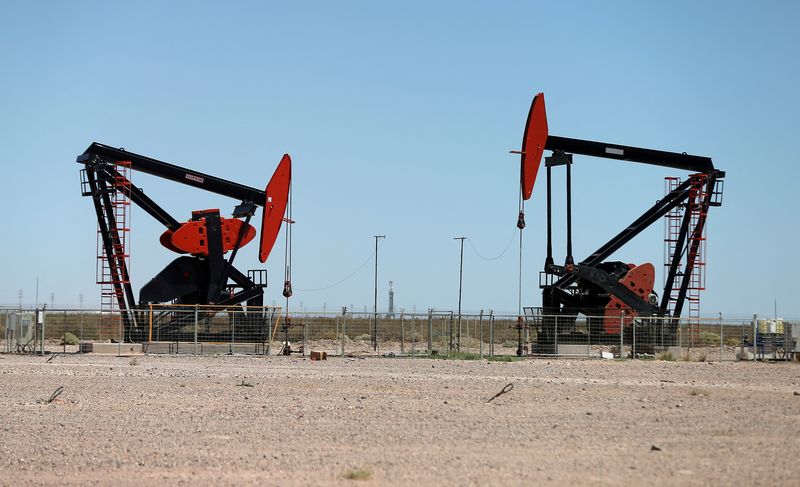Oil prices experienced a retreat on Friday after a day of gains, heavily influenced by market reactions to geopolitical risks and natural disasters. Brent crude futures saw a decline of 94 cents, or 1.2%, settling at $78.46 a barrel, while U.S. West Texas Intermediate crude futures dropped by 86 cents, or 1.1%, to $74.99 per barrel. Despite the drop on Friday, both crude benchmarks are poised for their second consecutive weekly increase as investors navigate the balance between the detrimental effects of Hurricane Milton on U.S. demand and the potential for supply disruptions stemming from heightened tensions between Israel and Iran.
The recent uptick in oil prices can be attributed to various geopolitical risks which have fueled investor sentiment. Yeap Jun Rong, a market strategist at IG, noted that while the rebound in prices reflects these uncertainties, there remains cautious sentiment due to high crude inventories and hints at a more gradual approach from the U.S. Federal Reserve concerning interest rates. As such, the overall trajectory of oil prices appears uncertain as market participants digested these competing factors.
In the immediate context of the U.S., Hurricane Milton has wreaked havoc across Florida, with at least 10 casualties reported and millions left without electricity. This destruction prompts concerns over fuel consumption in the United States, the world’s largest oil producer and consumer. According to Hiroyuki Kikukawa, president of NS Trading, investors are keenly assessing the hurricane’s impact on the U.S. economy and energy demand, suggesting oil prices may stabilize around current averages, especially in light of historical patterns.
This month has seen crude benchmarks rise sharply after Iran’s missile attacks on Israel, raising fears of potential retaliation against Iranian oil installations. However, despite initial spikes following these developments, prices have moderated and remained relatively stable throughout the week. Israeli Defense Minister Yoav Gallant’s remarks on any potential strike being “lethal, precise and surprising” add to the tensions, as the threat of escalation looms over the region, impacting oil price dynamics.
The ongoing conflict features Iran’s support for various militant groups, including Hezbollah, Hamas, and the Houthis, contributing to regional instability. The situation escalated recently with Israeli airstrikes in Beirut, leading to casualties and raising alarms over further retaliatory measures. This evolving conflict has drawn attention from Gulf states, who fear that if the conflict with Iran escalates, their own oil facilities could become targets of Tehran’s proxies.
Amidst these geopolitical tensions, Libya’s National Oil Corporation (NOC) has reported a revival of production levels, reaching 1.22 million barrels per day, restoring its output close to pre-crisis levels associated with the country’s central bank issues. This restoration in Libya’s oil production could offer some relief to global oil supply as it becomes increasingly crucial for balancing the market under current scenarios influenced by both natural disasters and international conflicts. The interplay of these factors continues to shape the outlook for oil markets, demonstrating the intricate connections between geopolitical events, natural disasters, and energy demands in today’s global economy.

